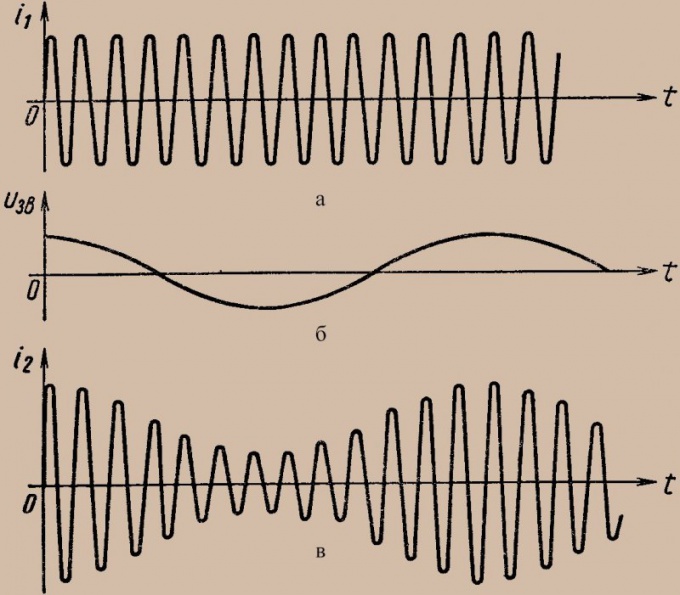What is low frequency
What is low frequency
Low frequencies are usually spoken of in terms of music, more broadly to sounds in general. Low frequencies are contrasted with high frequencies. This characteristic is directly related to the physical nature of sound.

Sound as a physical phenomenon is aelastic waves of mechanical vibrations that propagate in any medium - liquid, solid or gaseous. Any wave, including sound, has two characteristics: amplitude and frequency. The latter is the number of repetitions of the periodic process (in this case, oscillations) per unit time. To measure the frequency there is a special unit - Hertz (Hz), indicating the number of vibrations per second. 1 Hz is one oscillation per second. Frequencies with a small number of oscillations per unit time are called low, and with large - high.
Frequency of sound oscillations
With reference to sound, the frequency of oscillations will be determined byone of his characteristics, subjectively perceived by man - the height of sound. In music, it is one of the main bearers of meaning. The higher the frequency of oscillations, the higher the sound. The separation of sounds into "high" and "low" is related to the spatial associations that they cause in a person. The higher the frequency of sound, the greater the tension of the vocal cords requires its extraction, and the voltage is associated with upward movement. High sounds during singing resonate in the tissues of the head ("above"), and low in the chest ("below") .The frequency response of sound is closely related to its timbre. Even within a single musical instrument, high and low sounds will be "colored" differently. The lower limit of frequencies that a person can perceive as an audible sound lies in the region of 16-20 Hz. Frequencies up to 120 Hz are considered low.Effects of low frequencies per person
Low frequencies give the musical tissue a specialbeauty. In an orchestra or ensemble, instruments that produce low sounds are the "foundation" that puts sound on a solid foundation. Any mixed or male chorus is decorated with bass-octavists. But one should not abuse low frequencies. Especially dangerous are low frequencies lying outside the range of auditory perception - infrasound, oscillations of less than 16 Hz. There are many ice-cold sea stories about "ghost ships", from which all people have strangely disappeared. Some stories belong to the number of legends, others are documented, for example, the case of the court "Maria Celeste", found in 1872. One possible explanation for such tragedies is associated with the "voice of the sea" - the low-frequency sound generated by the sea in underwater volcanic eruptions. This infrasound affects the nervous system, causing a sense of horror and fits of insanity, which causes people to rush overboard. The danger infrasound poses does not prevent some composers from using them in their works. So did, for example, A. Skryabin in the symphonic poem "Prometheus". Fits of insanity, this product, of course, does not provoke, but horror causes. In modern pop music, sounds are widely used at the lower boundary of the frequency range of auditory perception. Some people, when listening to such music, begin pains in the solar plexus, headaches, nausea, loss of strength. In other people, such low frequencies cause a pleasant state, which is called "high" in teenage jargon. True, this state is associated with exaggerated physical activity with a weakening of control by consciousness. In part this is comparable to narcotic intoxication, it is not accidentally denoted by the same slang word. Low frequencies can be a dangerous "weapon" and need to be handled with care.








